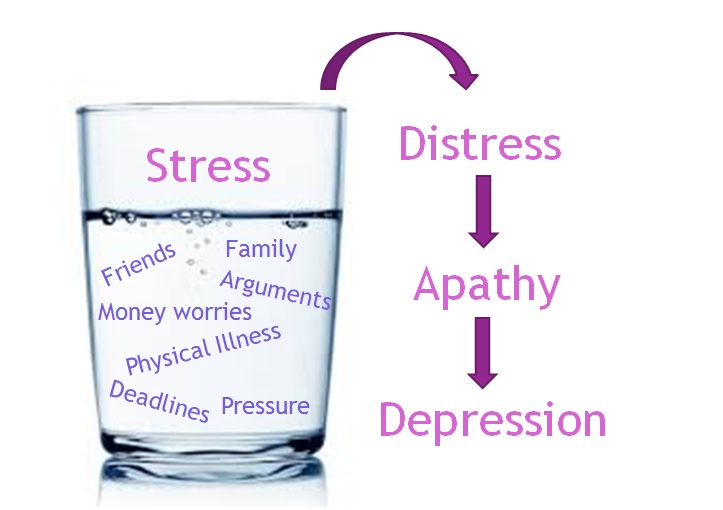The news this morning was about the worsening waiting times for mental health support for young people and how it could change. It isn’t the first time and certainly won’t be the last.
The Mental Health of Children and Young People in England survey (2020) found 16% (1 in 6) of children aged 5 to 16 years to have a probable mental health disorder, an increase from 1 in 9 in 2017. The survey also stated that for young people aged 17-22, 27.2% of young women and 13.3% of young men were identified as having a ‘probable mental health disorder’, indicating that, left unaddressed, issues become much more common.
Now we obviously have the impact of Covid – the traumatic experience of living through a pandemic, the reduction in ongoing support, subsequent back log, the various family pressures and constant changes to schooling.
With the basic offer from NHS and IAPT services being so over-stretched and under-resourced, the huge gaps in provision need to be filled.
How can schools and colleges support the mental health of young people?
Schools and colleges, although far from solely responsible, have an important role to play in supporting the mental health and wellbeing of pupils and students. They are often caught in the middle of knowing what young people need and not having the resources to provide it. But they know their pupils best, they see the holistic nature and needs of each young person every day.
The Ofsted Education Inspection Framework states that they will assess:
“The curriculum and the provider’s wider work support learners to develop their character – including their resilience, confidence and independence – and help them know how to keep physically and mentally healthy”
Their aim is to ensure schools are providing good education, supported by high quality pastoral care, to enable their pupils and students to develop into resilient adults with good mental health.
Every day we work with children and young people whose mental health difficulties result in them finding education difficult…attendance, attainment, socialising, motivation. But if their basic needs aren’t being met, how can we expect them to engage in learning?
Our approach, and one that we find has the biggest impact, is to embed a ‘whole-school approach’ to mental health and wellbeing. This ensures that each pupil or student is given the right support, by the right person, at the right time. It’s not a ‘one-size fits all’ with the belief that every school and every pupil has the same needs.
Ensuring all staff feel confident to have a basic conversation about pupil wellbeing, and that key staff can provide effective support from a pastoral, learning and safeguarding perspective, results in the best outcomes for both the school/college and the pupils/students. A layered approach means the best use of resources and the most appropriate support being provided.
We want young people to thrive in their education, career plan and their personal life. We want them to develop their resilience, confidence and engagement.
There is so much more that can be done in schools to prevent the over-reliance on statutory services. Whether it’s a simple conversation, psycho-education, group work, counselling sessions, drop-ins or enrichment opportunities, reinforced by confident, well-informed, supported staff, the outcomes can be phenomenal.
Every day we see young people who flourish. They are heard, seen, considered. Their needs are met. They feel safe and motivated to work towards their wider goals.
So the news focusing on what is lacking and what’s not working provides a perfect metaphor. Let’s focus on what we can do, the strengths and resources we already have, working together positively to achieve amazing outcomes.
For more information about our school and college-based support, please click here.
For more guidance on Mentally Healthy Schools, please click here.



